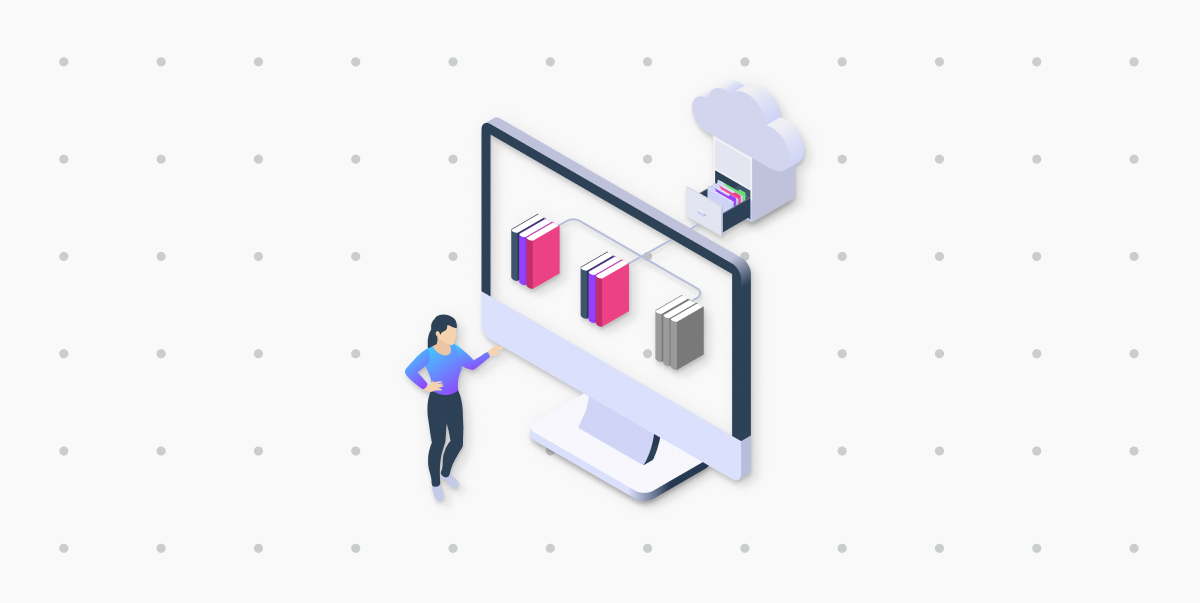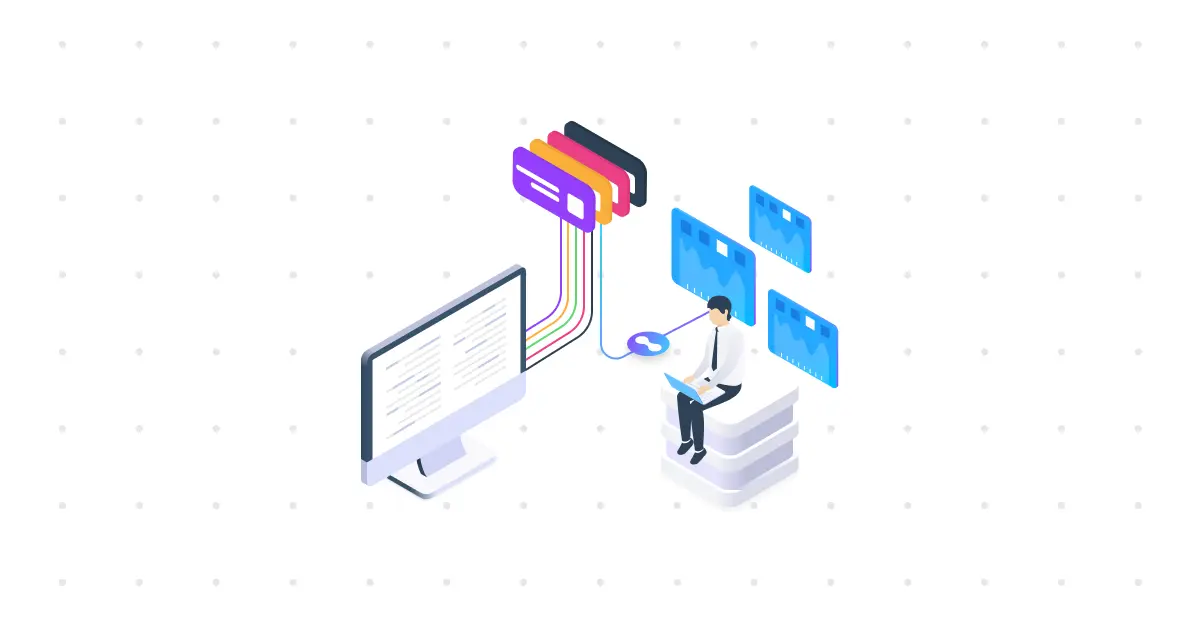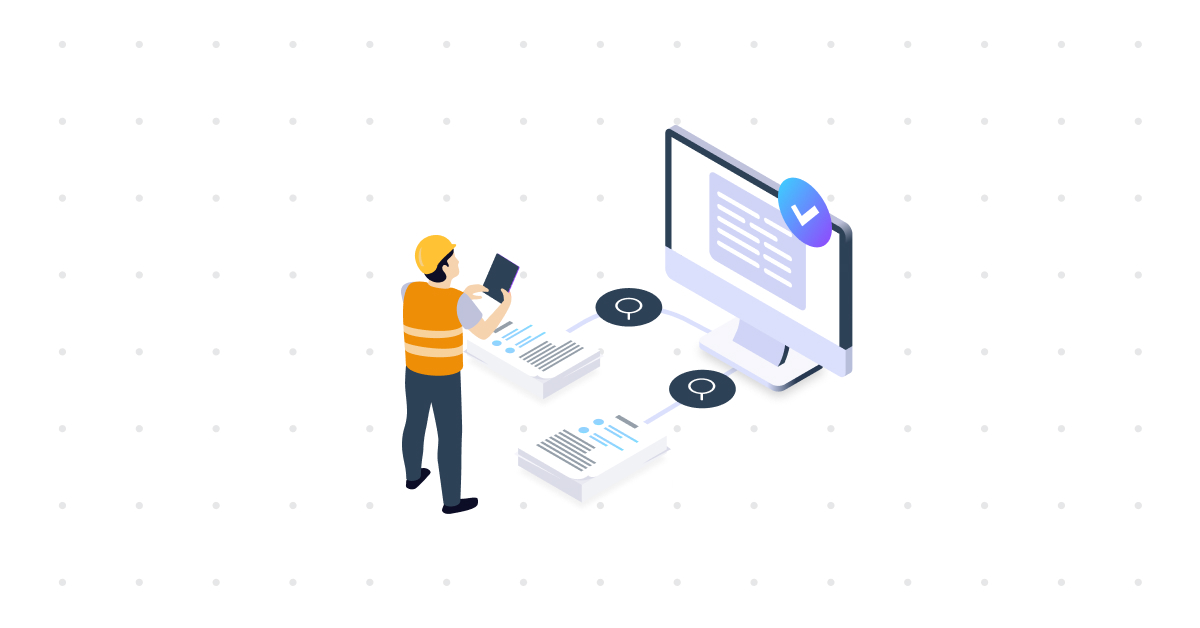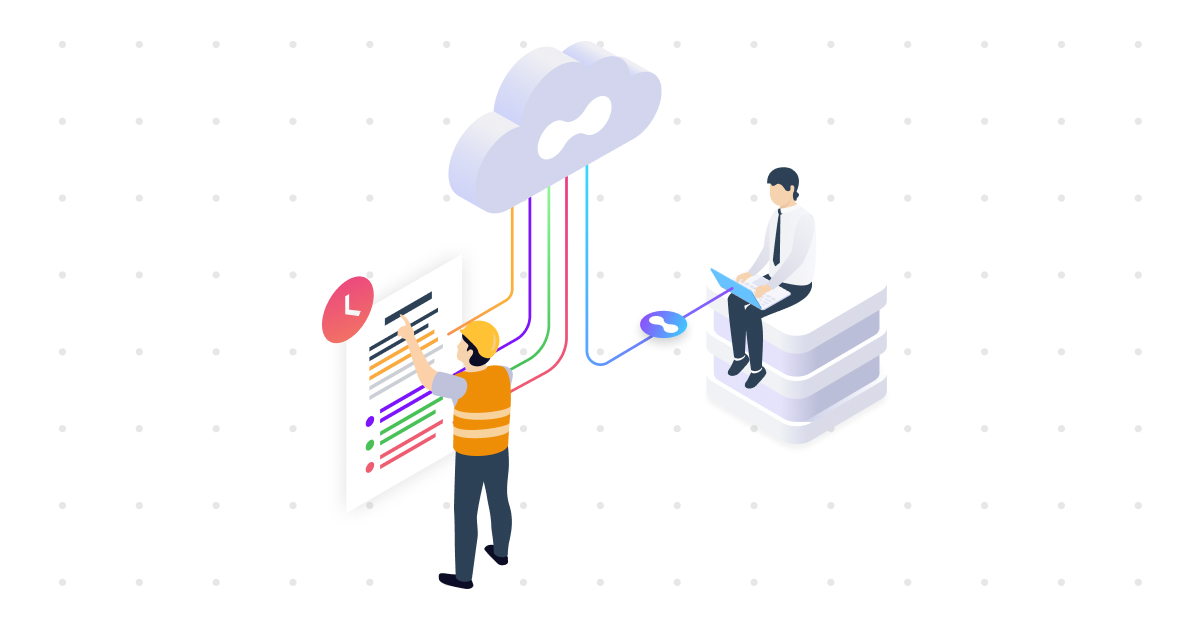Presentation Laces Ontology Manager
- Presentation
Understand the capabilities of our Laces Ontology Manager in just a few minutes. This video walks you through the features and benefits of the all-in-one solution for creating, structuring, and navigating your ontologies.
Key Learnings:
- How to create and structure ontologies with ease.
- Align and link with established data libraries and standards like CFIHOS, ISO, or your internal enterprise models.
- Navigate through your ontologies using user-friendly semantic search and browsing. Find terms, definitions, and mappings instantly.
Watch our Presentation:
Are you ready to take the next step?
Ready to see how the Laces Ontology Manager can work for your organization or have questions? Click below to schedule a personalized demo with our team.
Structure, Link, and Reclaim Control Over Requirements
In today’s complex engineering landscape, clarity is non-negotiable whether you’re working on a new satellite platform, an electric vehicle, or a regional water system. The systems we build are more complex, integrated, and dependent on data than ever before. And yet, one of the most critical ingredients for success, the specification, is still too often […]
ReadWhy You Should Use Laces to Simplify Verification and Compliance
Verification plays a critical role in industries where precision, safety, and accountability are non-negotiable, whether you’re designing infrastructure, building vehicles, or manufacturing medical devices. Yet, for many teams, managing the verification process is still a complex, manual, and error-prone task. This is where the Laces Requirements Manager comes in. It simplifies the planning and execution […]
ReadExtracting Specifications from Documents: Manual vs. NLP-Based Extraction
Extracting, interpreting, and applying specifications from technical documents, like standards, contracts, or regulations, is often a necessary but painstaking part of project or product management. Traditionally, this has been done manually, but recent advances in Natural Language Processing (NLP) have opened up new, intelligent alternatives. In this blog, we’ll explore the differences between manual and […]
Read


